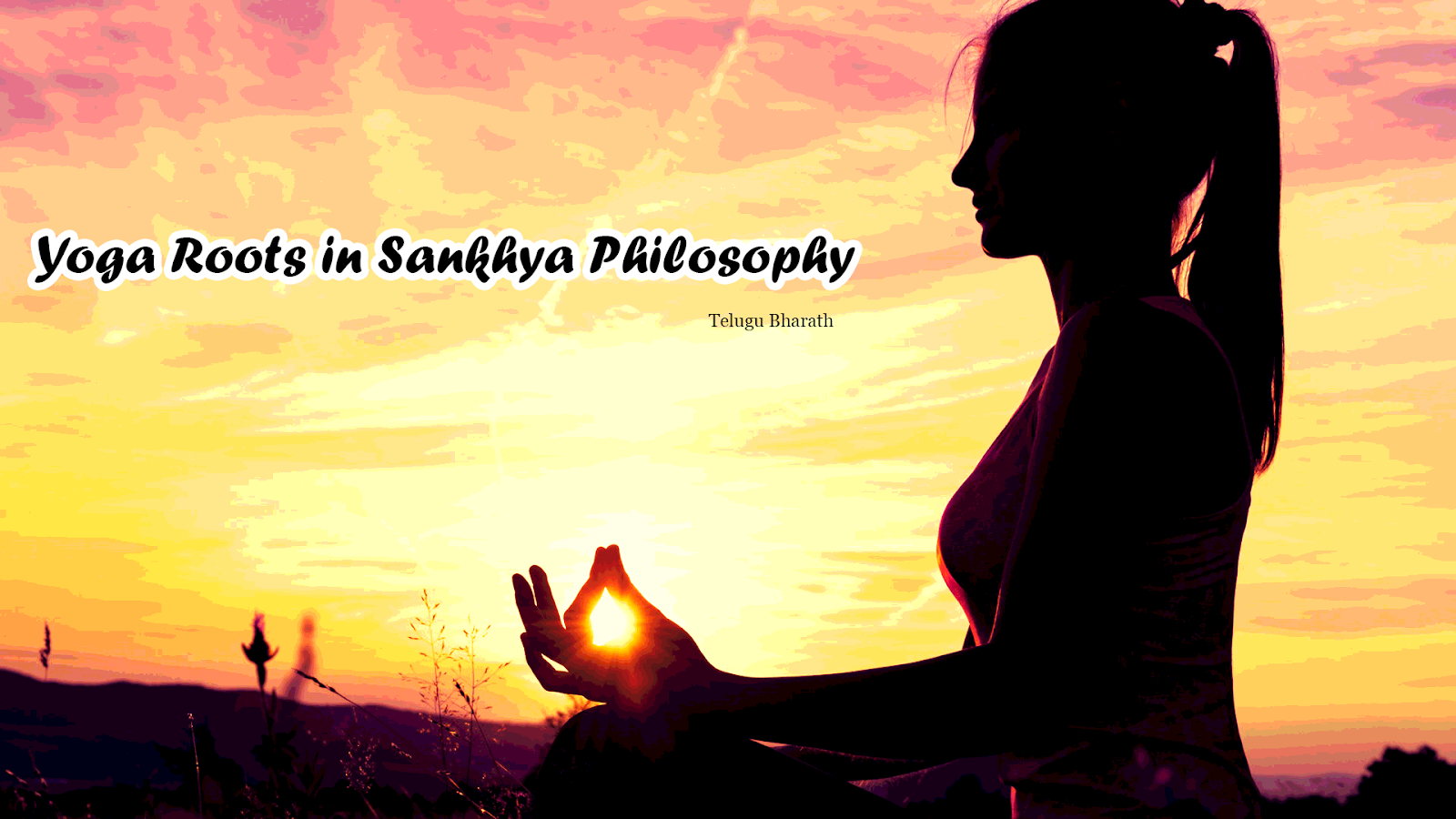Yoga has roots in Sankhya, which is one of the eight philosophical schools in Hinduism. It regards the universe as comprised of two eternal realities, consciousness called Purusha and the source of manifestation called Prakriti.
The duality between Purusha-Prakriti becomes an impediment through misidentification of limitless consciousness with only the physical body. Discriminate knowledge can allow for the eternal and temporal to be differentiated, which is the conscious Purusha and unconscious Prakriti. The school is often called Sankhya-yoga because of the strong influence of Sankhya on yoga.
So next time you associate yoga merely with a posture, recognize yoga is a rich and varied practice that can be multifaceted.
The duality between Purusha-Prakriti becomes an impediment through misidentification of limitless consciousness with only the physical body. Discriminate knowledge can allow for the eternal and temporal to be differentiated, which is the conscious Purusha and unconscious Prakriti. The school is often called Sankhya-yoga because of the strong influence of Sankhya on yoga.
So next time you associate yoga merely with a posture, recognize yoga is a rich and varied practice that can be multifaceted.











